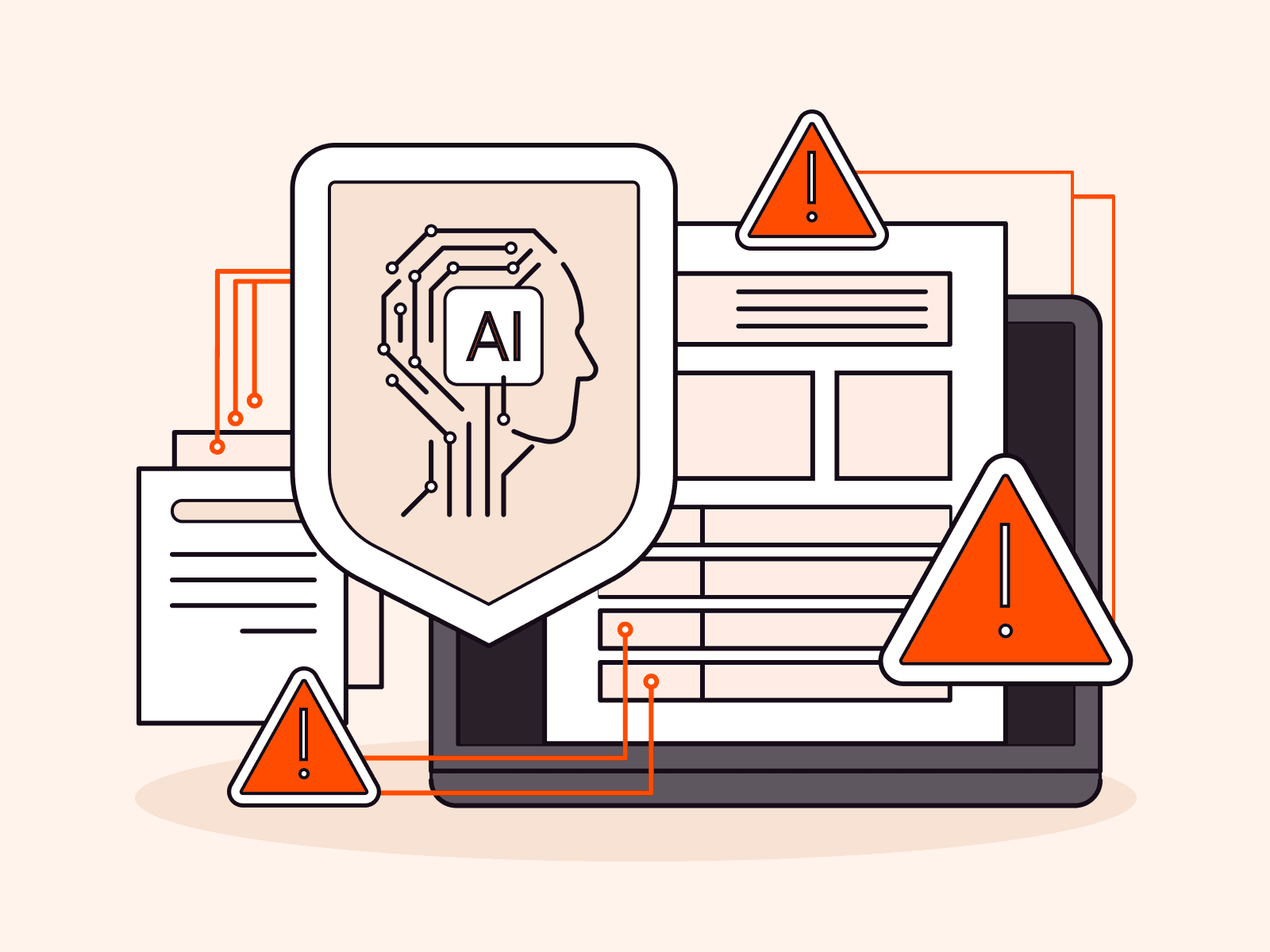As more AI workloads shift to the edge for lower latency and localized processing, the attack surface expands. Defending a data center is old news. Now, you’re securing distributed training pipelines, mobile inference APIs, and storage environments that may operate independently of centralized infrastructure, especially in edge or federated learning contexts. Every stage introduces unique risks. Each one needs its own defenses.
Let’s walk through the key security challenges across each phase of the AI lifecycle, and the hardening strategies that actually work.
| Phase | Top threats | Hardening steps |
|---|---|---|
| Training | Data poisoning, leaks | Validation, dataset integrity tracking, RBAC, adversarial training |
| Development | Model extraction, inversion | Rate limits, obfuscation, watermarking, penetration testing |
| Inference | Adversarial inputs, spoofed access | Input filtering, endpoint auth, encryption, TEEs |
| Storage and deployment | Model theft, tampering | Encrypted containers, signed builds, MFA, anomaly monitoring |
Training: your model is only as good as its data
The training phase sets the foundation. If the data going in is poisoned, biased, or tampered with, the model will learn all the wrong lessons and carry those flaws into production.
Why it matters
Data poisoning is subtle. You won’t see a red flag during training logs or a catastrophic failure at launch. These attacks don’t break training, they bend it.
A poisoned model may appear functional, but behaves unpredictably, embeds logic triggers, or amplifies harmful bias. The impact is serious later in the AI workflow: compromised outputs, unexpected behavior, or regulatory non-compliance…not due to drift, but due to training-time manipulation.
How to protect it
- Validate datasets with schema checks, label audits, and outlier detection.
- Version, sign, and hash all training data to verify integrity and trace changes.
- Apply RBAC and identity-aware proxies (like OPA or SPIFFE) to limit who can alter or inject data.
- Use adversarial training to improve model robustness against manipulated inputs.
Development and testing: guard the logic
Once you’ve got a trained model, the next challenge is protecting the logic itself: what it knows and how it works. The goal here is to make attacks economically unfeasible.
Why it matters
Models encode proprietary logic. When exposed via poorly secured APIs or unprotected inference endpoints, they’re vulnerable to:
- Model inversion: Extracting training data
- Extraction: Reconstructing logic
- Membership inference: Revealing whether a datapoint was in training
How to protect it
- Apply rate limits, logging, and anomaly detection to monitor usage patterns.
- Disable model export by default. Only enable with approval and logging.
- Use quantization, pruning, or graph obfuscation to reduce extractability.
- Explore output fingerprinting or watermarking to trace unauthorized use in high-value inference scenarios.
- Run white-box and black-box adversarial evaluations during testing.
Integrate these security checks into your CI/CD pipeline as part of your MLOps workflow.
Inference: real-time, real risk
Inference doesn’t get a free pass because it’s fast. Security needs to be just as real-time as the insights your AI delivers.
Why it matters
Adversarial attacks exploit the way models generalize. A single pixel change or word swap can flip the classification.
When inference powers fraud detection or autonomous systems, a small change can have a big impact.
How to protect it
- Sanitize input using JPEG compression, denoising, or frequency filtering.
- Train on adversarial examples to improve robustness.
- Enforce authentication and access control for all inference APIs—no open ports.
- Encrypt inference traffic with TLS. For added privacy, use trusted execution environments (TEEs).
- For highly sensitive cases, consider homomorphic encryption or SMPC—strong but compute-intensive solutions.
Check out our free white paper on inference optimization.
Storage and deployment: don’t let your model leak
Once your model’s trained and tested, you’ve still got to deploy and store it securely—often across multiple locations.
Why it matters
Unsecured storage is a goldmine for attackers. With access to the model binary, they can reverse-engineer, clone, or rehost your IP.
How to protect it
- Store models on encrypted volumes or within enclaves.
- Sign and verify builds before deployment.
- Enforce MFA, RBAC, and immutable logging on deployment pipelines.
- Monitor for anomalous access patterns—rate, volume, or source-based.
Edge strategy: security that moves with your AI
As AI moves to the edge, centralized security breaks down. You need protection that operates as close to the data as your inference does.
That’s why we at Gcore integrate protection into AI workflows from start to finish:
- WAAP and DDoS mitigation at edge nodes—not just centralized DCs.
- Encrypted transport (TLS 1.3) and in-node processing reduce exposure.
- Inline detection of API abuse and L7 attacks with auto-mitigation.
- 180+ global PoPs to maintain consistency across regions.
AI security is lifecycle security
No single firewall, model tweak, or security plugin can secure AI workloads in isolation. You need defense in depth: layered, lifecycle-wide protections that work at the data layer, the API surface, and the edge.
Ready to secure your AI stack from data to edge inference?
Related articles
Subscribe to our newsletter
Get the latest industry trends, exclusive insights, and Gcore updates delivered straight to your inbox.






